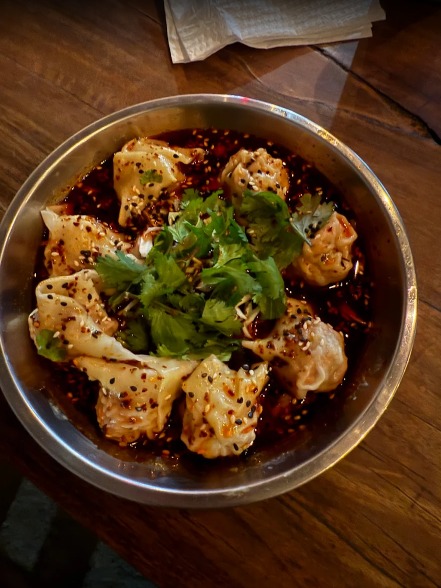We all recognise candy floss - this delightful treat reminds us of fun fairs and the good old days (when we did not have to worry about sugar intake). All over the world, you can find many sweets that resemble cotton candy in more ways than one. Famous among them is Pashmak, a traditional sweet that is commonly known as 'Iranian cotton candy.' However, Pashmak is so much more than candy floss - its wispy, thread-like consistency and subtle flavours are a testament to its makers' skills and patience. Pashmak is often added on top of other desserts as an exquisite garnish. In Iran, you might spot it on top of puddings and ice cream.
History Of Pashmak
The word "pashmak" means "wool" in Persian, which is a nod to the soft white strands of this dish. Eating this sweet, which is simultaneously dense and light, also fills you with inner warmth, making its name all the more fitting. Pashmak is believed to have originated in the historic city of Yazd; a place reputed for its sweet treats. The Iranian delicacy is often considered to be a distant counterpart of Dragon's Beard candy, a Chinese delicacy and our very own Soan Papdi. Nearer to home, Pashmak is often compared with neighbouring Turkey's pismaniye, a strikingly similar sweet. In Iran, Azerbaijan, Turkey and surrounding regions, Pashmak may be served with nuts, watermelon, and pomegranates on Yalda Night. This is a festival celebrated on the winter solstice since ancient times.
Also Read: Irani Chicken Kadhai: Give Your Regular Chicken A Yummy Twist With This Iranian Recipe

Pashmak may be served with nuts, watermelon, and pomegranates on Yalda Night. (Photo: iStock)
Pashmak Recipe | How To Make Pashmak At Home
While candy floss requires a special spinning drum, it is possible to make pashmak without any fancy equipment. Although many pashmak makers today utilize machinery to facilitate the process, the sweet was traditionally made without it. You can also create this mouth-watering sweet right in your own kitchen.
Begin by dissolving the sugar in the water. Place this syrup over the heat and add the vinegar once the water has started boiling. Continue stirring and let the mixture thicken. Grease and keep a tray ready beside you. Once the mixture is thick enough, pour it onto the tray, allow it to cool and then begin kneading it.
Also Read: Soan Papdi: The Complex Indian Candy Floss

You can also create this mouth-watering sweet right in your kitchen. (Photo: iStock)
In a pan, add the flour to the oil and delicately stir-fry it. You can also add small quantities of food colouring and/or flavour extracts into the pan. Pashmak is generally flavoured with sesame, cardamom, rose water, saffron, orange blossom, pistachio, or vanilla. Add the flour mixture to a tray and then place the sugar mixture on it. Drag and roll the dough in the form of the number 8 (or the infinity sign). This makes it easier to knead and get thread-like shapes. Continue pulling and kneading the dough in this manner till it turns into delicate, silky threads.
Your pashmak is ready. You can garnish it with saffron and pistachios for added flavour. You can also add it on top of your ice cream and cakes as a decorative element.
For the full recipe of Pashmak, click here.
About Toshita SahniToshita is fuelled by wordplay, wanderlust, wonderment and Alliteration. When she is not blissfully contemplating her next meal, she enjoys reading novels and roaming around the city.










